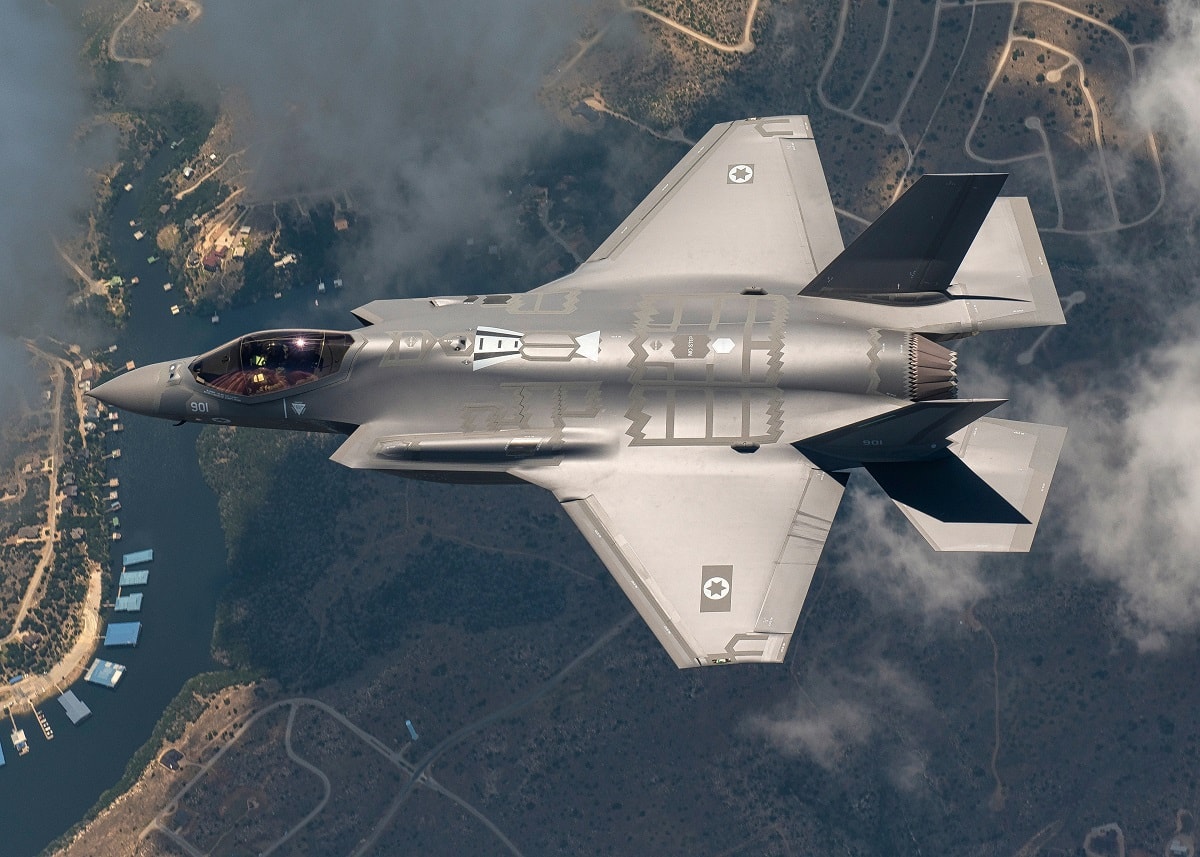U.S. and Israeli officials are wary that Hezbollah could open a new front in the ongoing Hamas-Israel war.
The Lebanon-based, Iran-backed militant group could exploit Israel’s current involvement in Gaza. That is in part why the U.S. has deployed two carrier strike groups to the Eastern Mediterranean for deterrence. Keeping the war confined to the Gaza Strip is a top priority for Israel, but a large-scale attack from the north is a real possibility.
On Oct 7, Gaza-based terror group Hamas launched a large-scale surprise attack in Israel, killing at least 1,400 people. Among the atrocities committed by Hamas were a litany of crimes against humanity, including sexual violence, torture, and beheading innocent civilians. The Israeli government has vowed to wipe out the terror group in response, and the Israel Defense Forces quickly ordered a full siege of Gaza. Since Iran supports both Hamas and Hezbollah among other regional proxies, American and Israeli officials remain concerned that a large-scale attack in the north could be imminent.
Iran’s entrenchment in Lebanon and Gaza has grown over the years. According to The New York Times, the head of Iran’s paramilitary Quds Force, Gen. Esmail Ghaani, has traveled to Lebanon extensively to work covertly with leading officials of both Hamas and Hezbollah. Tehran’s Islamic Revolutionary Guards Corps supports Hamas militarily, providing the terror group with the tools needed to create a domestically engineered missile and rocket system.
In 2023, Ghaani reportedly worked to unify Iran’s regional proxies, specifically Hezbollah and Hamas. While direct evidence concerning Iran and Hezbollah’s knowledge and aid in planning out the Oct. 7 attack remains murky, Tehran’s involvement with both groups is beyond doubt.
Could Israel Be Attacked From the North?
Hezbollah emerged in Lebanon in the early 1980s as part of Iran’s mission to export its Islamic Revolution. Over the last few decades, the group’s power has grown within Lebanon’s political, social and economic spheres.
Like Hamas, Hezbollah has carried out acts of terrorism since its founding. In the 1980s, the group was responsible for suicide attacks targeting Western embassies, including the 1983 bombing of a U.S. Marine facility that killed 241 servicemen. The U.S. and its allied Gulf Arab states designate Hezbollah as a terror organization.
How Threatening are Hezbollah’s Missiles?
Israeli officials estimate that Hezbollah possesses around 150,000 rockets and missiles aimed at the Jewish state. The group is considered to be the world’s most heavily armed non-state actor, a “militia trained like an army and equipped like a state,” according to CSIS. Its arsenal includes land attack missiles and rockets, anti-ship missiles, anti-tank missiles, anti-air missiles, and other projectiles. While a large portion of Hezbollah’s arsenal comprises relatively small, short-range systems, these could threaten the IDF’s air defenses if they engaged all at once.
As detailed by The Drive, “Dominating Hezbollah’s rocket ranks are the 122mm ‘Katyusha’ types, inspired by Soviet and Russian designs, including the Grad multiple rocket launcher. Typically, Hezbollah Katyushas have a range of between 2.5 and 25 miles, carry a warhead weighing 22-88 pounds, and weigh a total of 100-165 pounds before launch. Different warheads are available, with HE or submunitions options.”
While the Katyusha types may not be as advanced, their ability to fly at low altitudes makes them difficult to intercept. Hezbollah’s arsenal of short-range ballistic missiles give the terror group long-range strike capabilities. The Fateh-110 and M-600 remain some of Hezbollah’s most capable weapons, able to strike targets deeper into Israel.
While Hezbollah has held back so far, the potential for a larger war in Israel’s north remains a top concern for both the IDF and its American counterparts.
Maya Carlin, a Senior Editor for 19FortyFive, is an analyst with the Center for Security Policy and a former Anna Sobol Levy Fellow at IDC Herzliya in Israel. She has by-lines in many publications, including The National Interest, Jerusalem Post, and Times of Israel. You can follow her on Twitter: @MayaCarlin.

